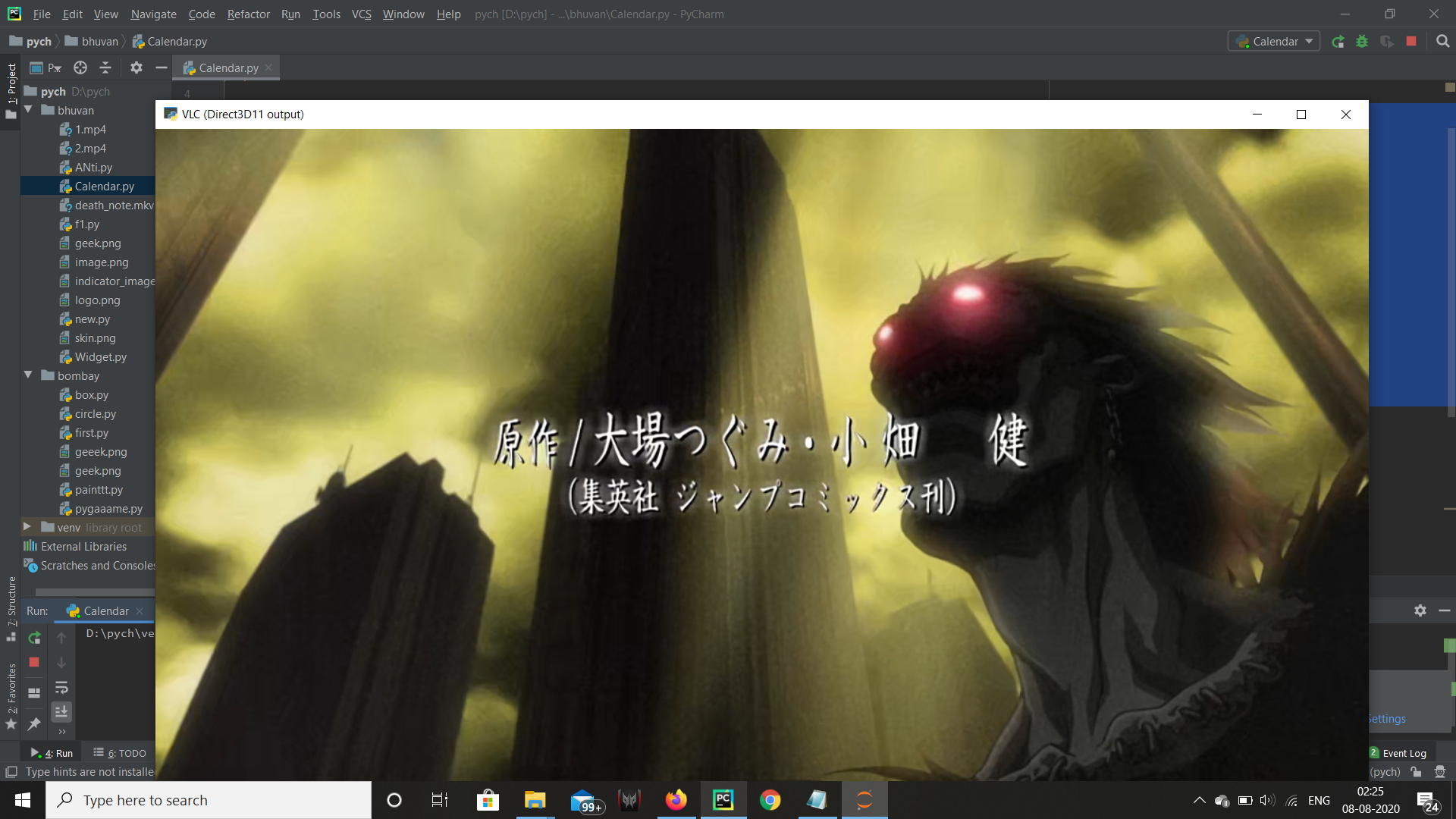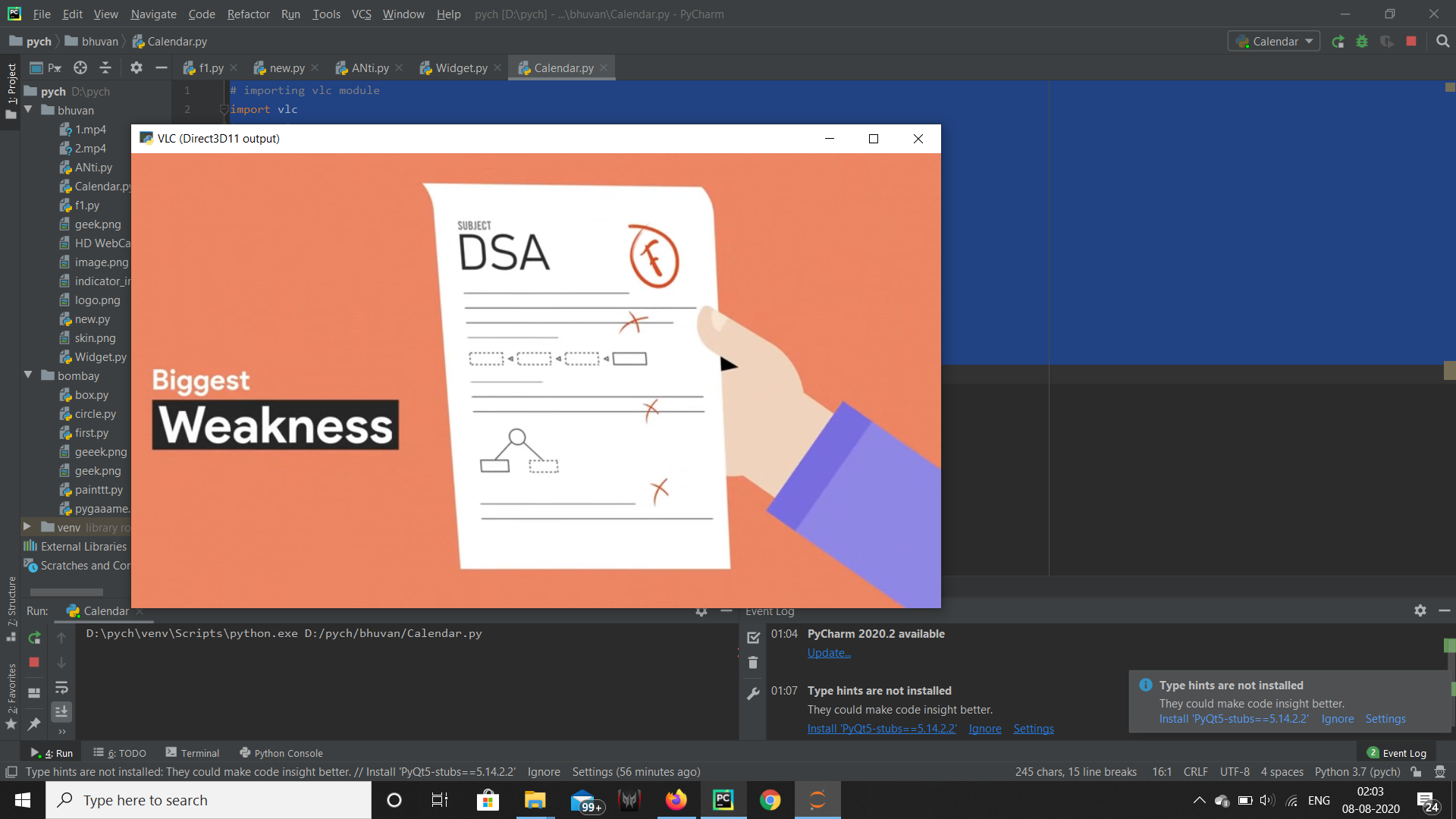Python VLC Instance – Setting Meta Data of Application
Last Updated :
29 Aug, 2020
In this article we will see how we can set the meta information of the application from the Instance class in the python vlc module. VLC media player is a free and open-source portable cross-platform media player software and streaming media server developed by the VideoLAN project. Instance act as a main object of the VLC library with the Instance object we can create media player, list player or any other player available in VLC. Instance class the base classed used in VLC to create various objects. Meta data contains raw information about the application, name can be set to the application with the help of set_user_agent method.
In order to do this we will use set_app_id method with the Instance object
Syntax : instance.set_app_id(id, version, name)
Argument : It takes id, version and name as argument all are in string format
Return : It returns None
Below is the implementation
import vlc
import time
player = vlc.Instance()
player.set_app_id("vlc.GFG", "1.2", "GFG")
media_list = player.media_list_new()
media_player = player.media_list_player_new()
media = player.media_new("death_note.mkv")
media_list.add_media(media)
media_player.set_media_list(media_list)
media_player.play()
time.sleep(5)
|
Output :

Another example
Below is the implementation
import vlc
import time
player = vlc.Instance()
player.set_app_id("vlc.GFG-2", "1.01", "GFG-2")
media_list = player.media_list_new()
media_player = player.media_list_player_new()
media = player.media_new("1.mp4")
media_list.add_media(media)
media_player.set_media_list(media_list)
media_player.play()
time.sleep(5)
|
Output :

Share your thoughts in the comments
Please Login to comment...